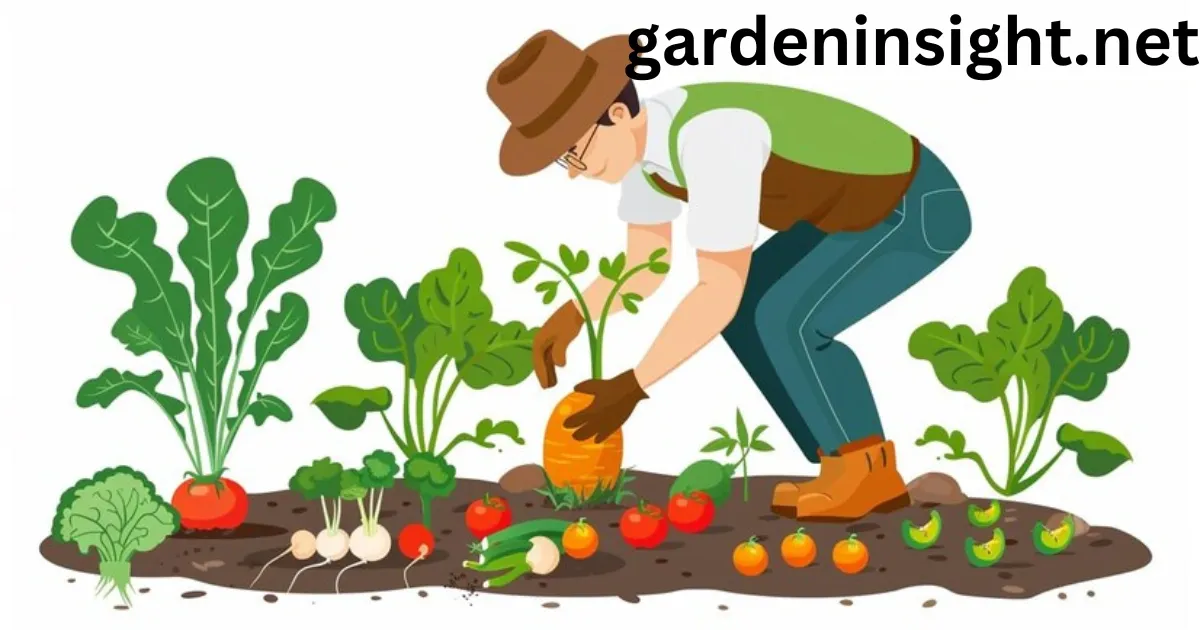Want to enjoy fresh, homegrown vegetables? Knowing when to start gardening is crucial for a successful harvest.
Starting a vegetable garden can be a rewarding experience, providing fresh produce and the satisfaction of nurturing plants.
Knowing when to start gardening vegetables is crucial for successful growth. This article will explore the best times to plant various vegetables, factors influencing these decisions, and provide tips for beginners.
What Gardening Vegetables to Grow in My Garden?
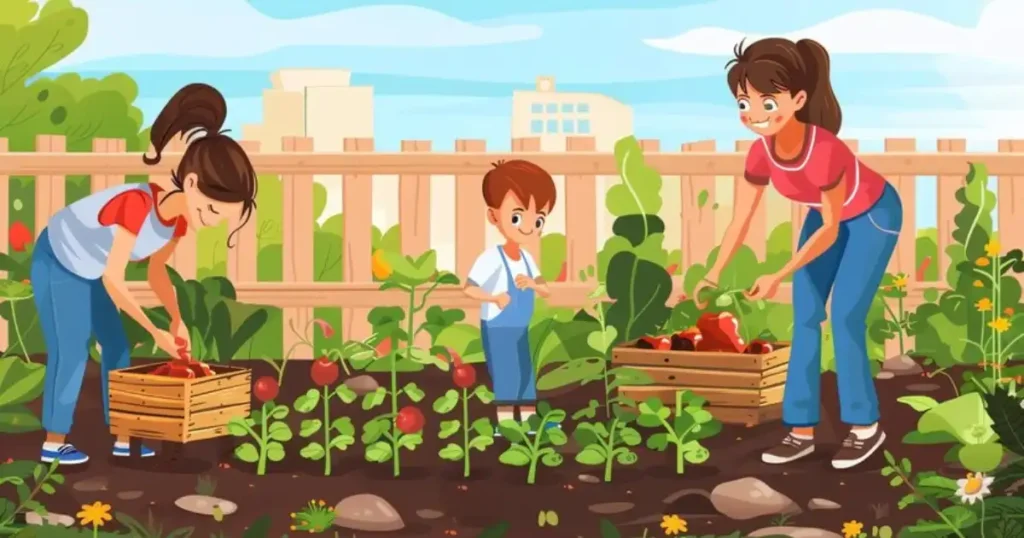
Choosing the right gardening vegetables depends on your climate, the season, and your personal preferences. Here’s a table that outlines popular vegetables based on planting seasons:
| Season | Gardening vegetables |
|---|---|
| Early Spring | Lettuce, Spinach, Radishes, Peas |
| Late Spring | Tomatoes, Peppers, Cucumbers, Beans |
| Summer | Corn, Squash, Eggplant, Melons |
| Fall | Kale, Broccoli, Carrots, Beets |
| Winter | Garlic, Onions (for overwintering) |
How to Start a Vegetable Garden for Beginners
For those new to gardening, starting can feel overwhelming. Follow these steps to kickstart your vegetable garden:
- Choose a Location: Find a spot with ample sunlight (6-8 hours a day).
- Prepare the Soil: Clear the area of weeds and debris, then test and amend the soil as necessary.
- Select Your Vegetables: Choose vegetables that thrive in your local climate and that you enjoy eating.
- Plant Seeds or Seedlings: Follow specific planting instructions for each vegetable regarding depth and spacing.
- Water and Maintain: Regular watering and weeding will help your garden thrive.
Gardening Vegetables Calendar
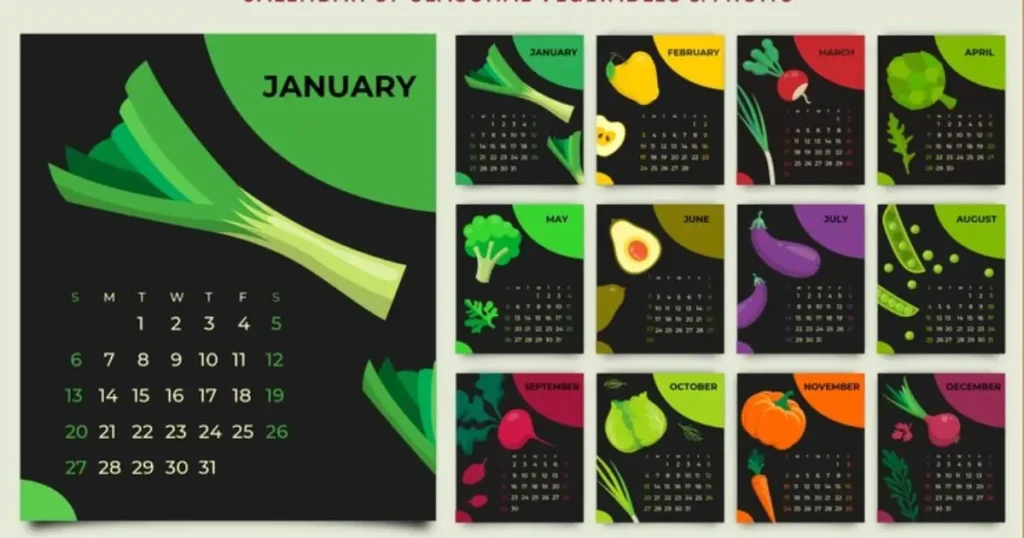
A vegetable gardening calendar is a handy tool that helps you determine when to plant, tend, and harvest your vegetables. Here’s a simple overview:
| Month | Activities |
|---|---|
| January | Plan your garden layout and order seeds. |
| February | Start seeds indoors for early crops. |
| March | Prepare soil and plant cool-season crops. |
| April | Transplant seedlings outdoors. |
| May | Plant warm-season vegetables. |
| June | Monitor growth and water regularly. |
| July | Harvest early crops and continue planting. |
| August | Start planning for fall planting. |
| September | Plant fall crops and prepare for winter. |
| October | Harvest and clean up the garden. |
| November | Plan for the next season. |
| December | Review your gardening successes. |
When Is the Ideal Time for a Summer Vegetable Garden?

The ideal time to start summer gardening vegetables is typically in late spring, after the last frost. This varies by region, so it’s essential to know your local frost dates. Here’s a table of general timelines:
| Region | Last Frost Date | Ideal Planting Time for Summer Vegetables |
|---|---|---|
| Northern | Late May | Early June |
| Central | Mid-May | Late May to Early June |
| Southern | Early April | Late April to Early May |
What Gardening Vegetables Can Be Planted in Early Spring?
Early spring is an excellent time for planting cool-season gardening vegetables. Here’s a list of some great options:
- Lettuce: Quick to germinate and can be harvested in about 30 days.
- Spinach: Thrives in cooler temperatures and is rich in nutrients.
- Radishes: Fast-growing and can be ready in just three weeks.
- Peas: Require cooler weather for germination and can be planted as soon as the soil can be worked.
When to Start Growing Vegetables Indoors
Starting gardening vegetables indoors can give you a head start on the growing season, especially in cooler climates. Here’s a general guideline:
| Vegetable | When to Start Indoors |
|---|---|
| Tomatoes | 6-8 weeks before last frost |
| Peppers | 8-10 weeks before last frost |
| Cucumbers | 3-4 weeks before transplanting |
| Broccoli | 6-8 weeks before last frost |
Make sure to provide adequate light and warmth for your seedlings to thrive indoors.
When to Start Growing Vegetables Outside
Once the danger of frost has passed, you can start growing gardening vegetables outside. This is typically in late spring for many regions. Look for soil temperatures to be at least 60°F for optimal growth.
When to Start Growing Vegetables in a Greenhouse
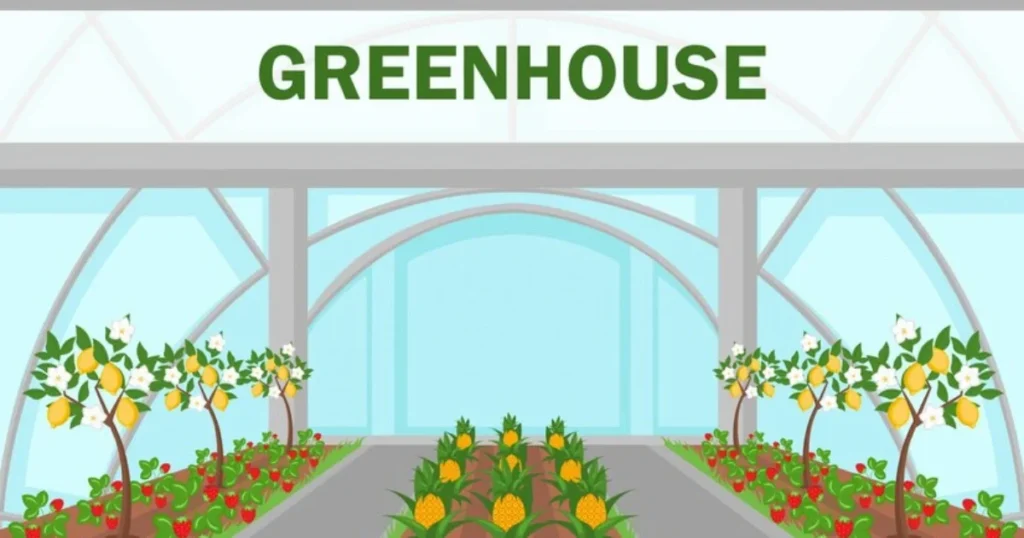
Using a greenhouse can extend your growing season significantly. You can start growing gardening vegetables indoors much earlier than outdoors, often as soon as the ground can be worked. Here’s a table with some recommendations:
| Vegetable | Ideal Greenhouse Start Time |
|---|---|
| Tomatoes | February-March |
| Peppers | February-March |
| Lettuce | March-April |
| Herbs | March-April |
When to Start Growing Vegetables from Seeds
Starting gardening vegetables from seeds allows for greater variety and control. Generally, here’s when you can start various seeds indoors and outdoors:
| Vegetable | Start Indoors | Start Outdoors |
|---|---|---|
| Tomatoes | 6-8 weeks before last frost | After last frost |
| Carrots | N/A | Early spring |
| Cucumbers | 3-4 weeks before transplanting | Late spring |
| Zucchini | 3-4 weeks before transplanting | Late spring |
How Does Climate Affect When to Start Gardening Vegetables?
Climate plays a vital role in determining when to start gardening vegetables. Here are some factors to consider:
- Frost Dates: Knowing your region’s last frost date helps in planning your planting schedule.
- Temperature: Different vegetables thrive at different temperatures. Cool-season crops can tolerate light frost, while warm-season crops require warmer soil.
- Sunlight Hours: Longer days in summer provide more light for growth, while shorter days in winter limit growth.
What Are the Signs That It’s Time to Plant Vegetables?
Several signs indicate that it’s time to plant your vegetables:
- Soil Temperature: Most seeds germinate best when the soil temperature is above 50°F.
- Frost Dates: No forecasted frost for your area means it’s safe to plant.
- Local Flora: Observing local plants blooming can give cues on the right time to plant.
When to Start Seeds Indoors for Vegetable Garden
For most vegetables, starting seeds indoors can be done about 6-8 weeks before your last expected frost date. This allows seedlings to mature in a controlled environment, making the transition to outdoor planting smoother.
How to Prepare Soil for a Vegetable Garden

Proper soil preparation is crucial for a successful vegetable garden. Follow these steps:
- Test Your Soil: Check for pH and nutrient levels.
- Clear the Area: Remove weeds, rocks, and debris.
- Amend the Soil: Add organic matter like compost or well-rotted manure to improve fertility and drainage.
- Tilling: Loosen the soil to create a good seedbed for planting.
What Are the Easiest Vegetables to Grow?
If you’re new to gardening, starting with easy vegetables can boost your confidence. Here are some simple options:
- Radishes: Quick to germinate and grow.
- Lettuce: Fast-growing and requires minimal care.
- Green Beans: Can be directly sown in the ground and grow rapidly.
- Zucchini: Produces abundant yields with minimal effort.
When to Transplant Seedlings into the Garden
Transplanting seedlings should be done when they are strong enough to handle outdoor conditions, usually after they have developed two sets of true leaves. Ensure the risk of frost has passed and acclimate them to outdoor conditions over a week by gradually exposing them to sunlight and wind.
How to Protect Vegetable Plants from Frost
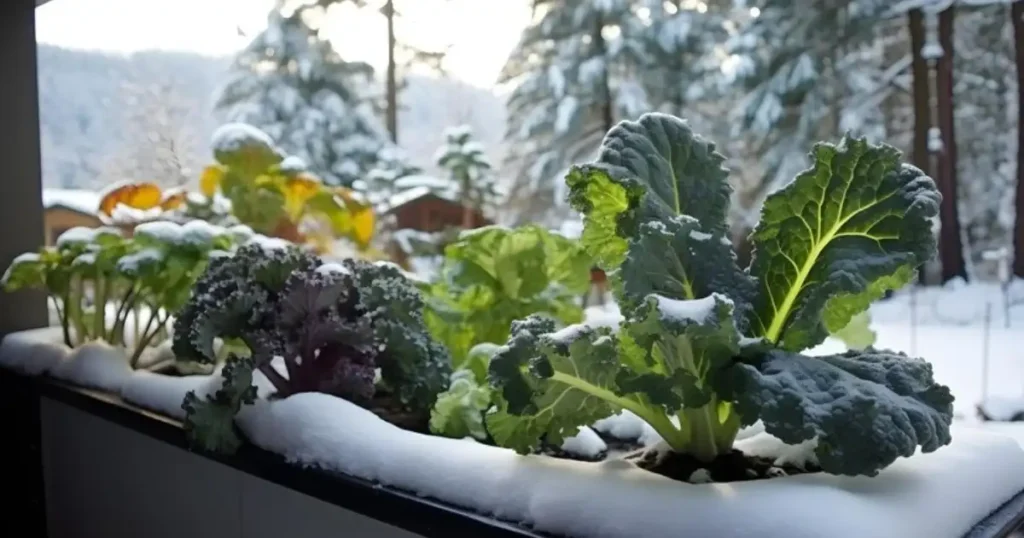
Frost can be detrimental to young plants. Here are some protective measures:
- Row Covers: Use lightweight fabric to shield plants from cold temperatures.
- Mulching: Apply mulch around plants to insulate the soil and retain warmth.
- Watering: Moist soil retains heat better than dry soil, so water your garden adequately.
Common Vegetable Gardening Mistakes to Avoid
New gardeners often make mistakes that can be easily avoided. Here are some common pitfalls:
- Overwatering: Too much water can lead to root rot.
- Crowding Plants: Give each plant enough space to grow.
- Ignoring Soil Quality: Poor soil can hinder growth.
- Planting Too Early: Always check local frost dates before planting.
How Can I Extend the Growing Season for Vegetables?
To make the most of your gardening efforts, consider these tips for extending the growing season:
- Use Row Covers: Protect plants from frost in early spring and late fall.
- Greenhouses: Grow vegetables in controlled environments to prolong the season.
- Cold Frames: These are inexpensive structures that can help shield plants from cold weather.
- Choose Heirloom Varieties: Some varieties are specifically bred for longer growing seasons.
Conclusion
Knowing when to start gardening vegetables is crucial for a fruitful harvest. By understanding the right planting times, choosing suitable vegetables, and preparing your garden properly, you can enjoy a bountiful garden.
Remember to consider your local climate and frost dates to make informed decisions.
With these tips, even beginners can cultivate a successful vegetable garden, leading to fresh produce and a rewarding gardening experience. Happy gardening!
FAQs
Some mostly inquired questions about vegetable gardening are:
What vegetables are best for beginners?
Beginner gardeners should start with easy vegetables like radishes, lettuce, and green beans.
When is the best time to plant tomatoes?
Tomatoes should be planted outdoors after the last frost date when the soil temperature is at least 60°F.
How do I know when to water my garden?
Check the top inch of soil; if it feels dry, it’s time to water. Aim for consistent moisture without waterlogging.
Can I grow vegetables year-round?
Yes, with the right strategies like using a greenhouse, row covers, and selecting appropriate varieties, you can grow vegetables throughout the year.
What are the benefits of raised beds?
Raised beds improve drainage, warm up faster in spring, and can reduce soil compaction, making them ideal for growing vegetables.
